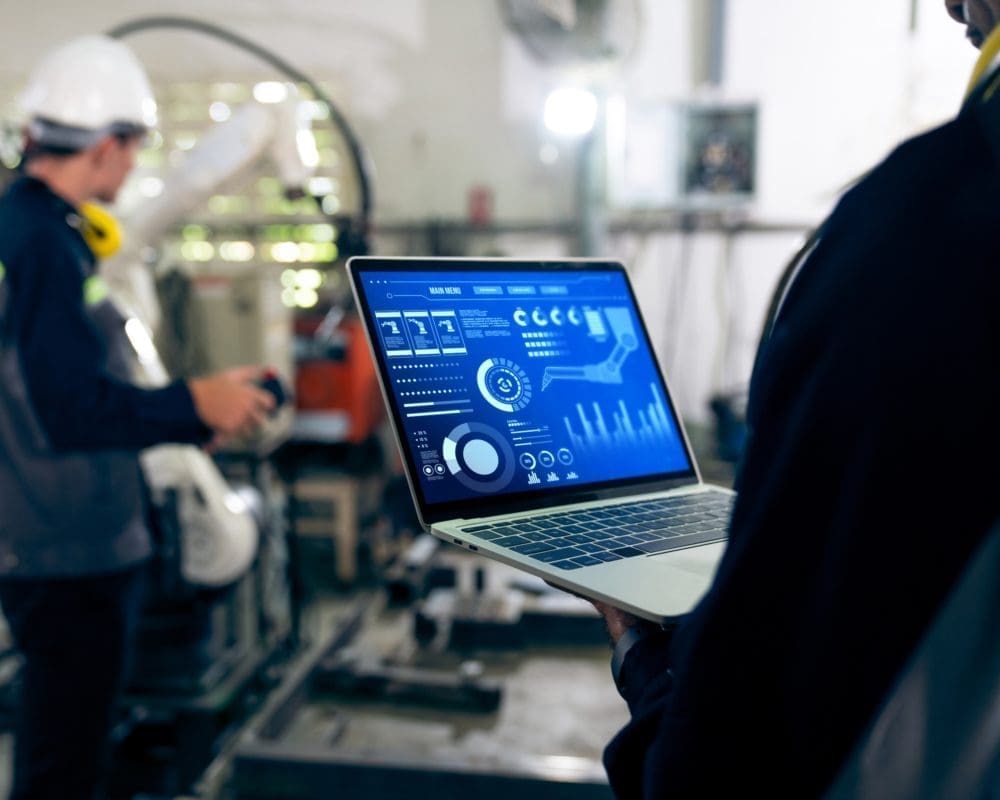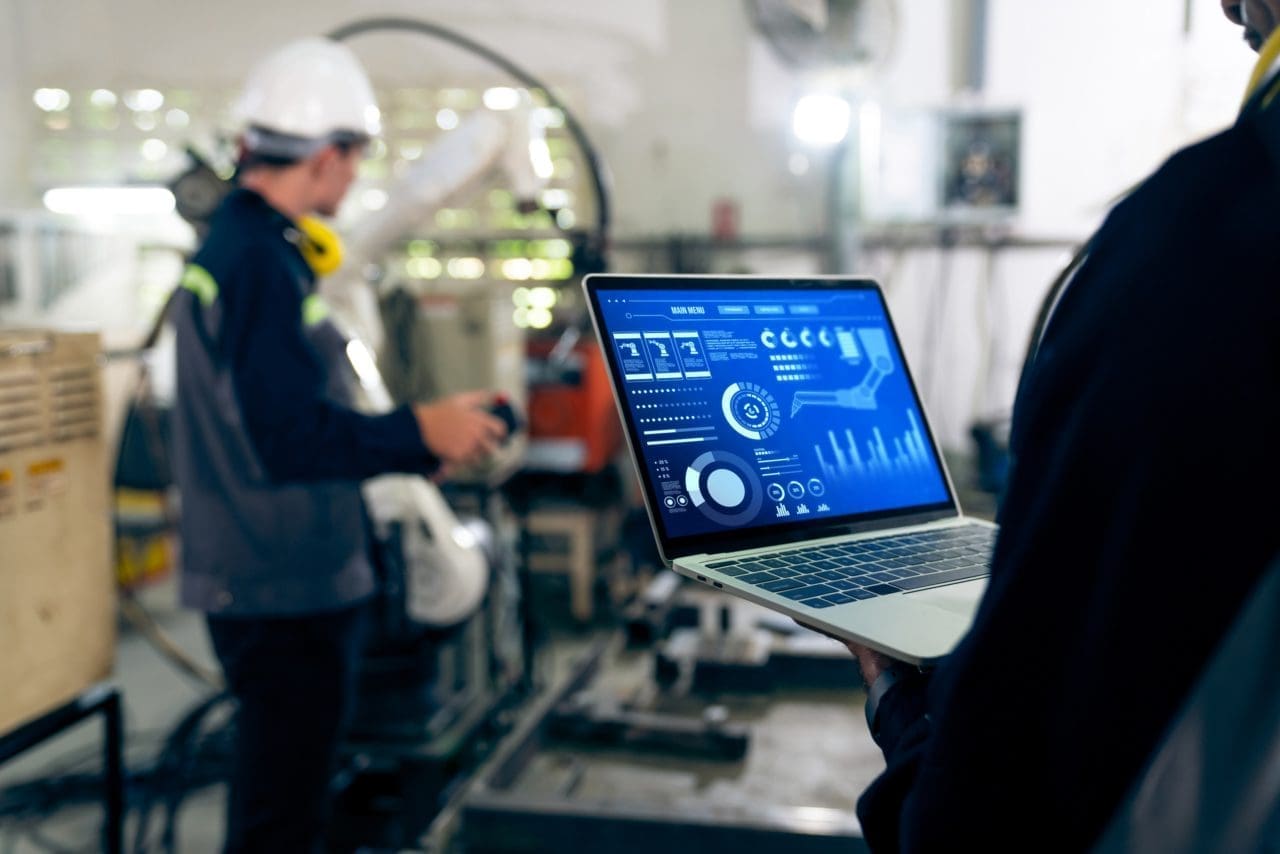Nearly everything we do is connected, in some way, to the physical Earth – from the materials used to build our homes and offices to the water we drink. Even our most high-tech tools are, in their most basic forms, derived from our planet.
Yet, climate change is increasing the frequency and severity of extreme weather, worsening the risk of physical damage. In fact, one in three U.S. adults say they’ve been personally affected by an extreme weather event in the past two years. In 2021 alone, the U.S. experienced 20 separate billion-dollar weather and climate disasters.
The Good News: Connectivity can help. High-speed internet connections can enable tools and processes to help things run more efficiently, to use fewer resources and to work smarter instead of harder. These improvements can not only help save time and money; they can also help limit the impacts of climate change.
We’re already seeing this play out in the agricultural industry with the rise of agritech.
- Using small solar-powered irrigation solutions and Internet of Things (IoT) technology, farmers can access and analyze information on soil moisture and field conditions from a user-friendly mobile app, enabling the control of irrigation with incredible precision to save water.
- Improved and actionable data can also help reduce carbon emissions from tractors or other farm equipment by taking the guess work out of when the work needs to be done.
- Sensors enabled by IoT connectivity can be planted underground and help farmers record and transmit data for soil moisture, temperature, humidity, location and impacts that may create bruising while crops are being grown, transported and stored.
And the agricultural industry isn’t alone. Tools that deliver better predictions and make operations more efficient are useful in creating a more environmentally sustainable world far beyond fields and farms.
- Buildings are energy-intensive, so tech companies like Microsoft are teaming with AT&T to create solutions that can use IoT-provided data to reduce energy usage in places like commercial kitchens and other facilities.
- Salesforce is working with AT&T to integrate IoT-enabled sensor data into their Net Zero Cloud to help businesses – including large emitters – track and find ways to reduce their own emissions.
What’s Next: While broadband-enabled solutions and IoT are already revolutionizing environmental sustainability, the expansion of 5G – offering less lag and higher speeds – will evolve use cases beyond what any of us can imagine today. We’re collaborating with leading universities to be proactive in expanding 5G’s sustainability impact in more industries.
- The University of Missouri is exploring how AT&T 5G could help reduce energy consumption and emissions from buildings.
- The Purdue Research Foundation is working in its Indiana 5G Zone Lab to explore how AT&T 5G can reduce greenhouse gas emissions in the manufacturing industry.
- The Texas A&M University System RELLIS Campus is investigating how AT&T 5G can help speed emissions reduction in transportation and other industries with large carbon footprints.
It’s exciting to explore the promise of 5G-enabled use cases, especially as research shows how transformative this technology can be in addressing climate change.
- Estimates show that 5G-powered use cases can help the U.S. meet 20% of our emissions reduction goals by 2025 – equivalent to removing 72 million vehicles from the road for one year.1
- Research indicates that AT&T broadband technologies can enable businesses to reduce emissions at a scale almost 10 times our industry emissions – by enabling greater visibility to monitor equipment and infrastructure.
I’m motivated knowing that the connectivity we’re working so hard on every day has the potential to benefit all people not just today, but in the future. And I’m optimistic that as 5G technology and coverage expand, its use cases and impact in the fight against climate change will grow. It’s vital that we continue collaborating with each other and deploying high-speed broadband networks nationwide as efficiently and effectively as possible because we’re just beginning to discover the transformative impact of 5G.
1 5G Connectivity: A Key Enabling Technology To Meet America’s Climate Change Goals




